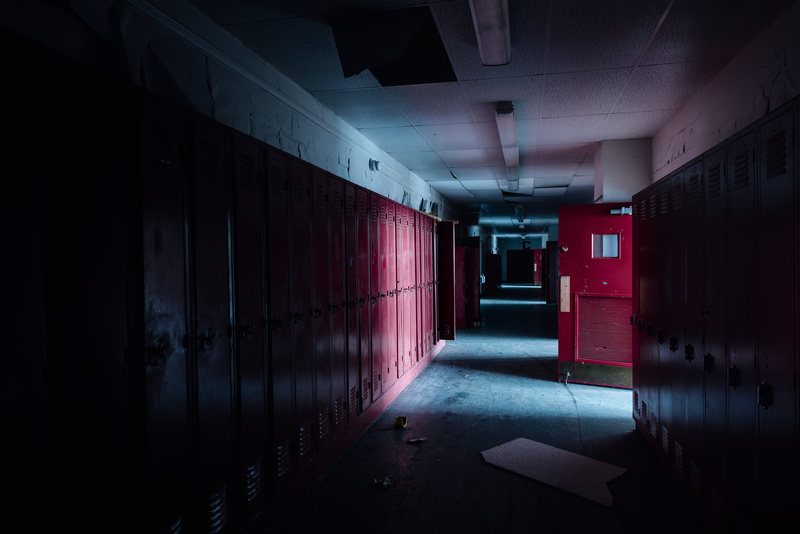
TRENTON, NJ – Is your school district losing state aid under Phil Murphy’s new ‘fair and equitable’ school funding formula? If you are, then know this, it’s not a mistake, or a glitch in the system. The new funding system is working as intended to funnel money from middle class communities into the cities.
The state and the NJEA call it a fair and equitable formula, but for New Jersey’s highest tax paying communities, it almost feels like highway robbery. The money paid in those communities is not going to their own schools. Instead it is going to fund schools in impoverished districts across the state.
That is leading to school closures, teacher layoffs, program cuts, sports cuts and budget deficits across the state.
When distributing state aid for education in New Jersey, there’s a clear imbalance that raises questions about equity. While one might assume that districts with higher needs—like those with more low-income students, English learners, or students of color—would receive more funding, the data shows a more complex and troubling picture. Here’s a breakdown of how things shake out:
State and Local Revenue Distribution
In an ideal system, state funding would compensate for local revenue disparities, ensuring that districts with greater needs get the support they deserve.
But that’s not happening as consistently as you’d hope. New Jersey’s highest-poverty districts, for example, receive about 6.3% less state and local revenue per student than the lowest-poverty districts. That’s a difference of roughly $1,492 per student, which may not seem like much, but it adds up over thousands of students and years of education.
When you focus on districts with the most students of color, the gap widens even more. These districts receive 9.2% less in funding than those with fewer students of color, a shortfall of about $2,256 per student. The same story is true for districts serving the most English learners—they’re getting 9.3% less funding per student, missing out on about $2,248 compared to districts with fewer English learners.
The Role of Local Revenue
A big part of the inequity comes down to how local revenue is generated. In New Jersey, much of a district’s funding comes from local property taxes, which naturally favors wealthier areas where property values (and thus tax revenue) are higher. Communities with higher property wealth can raise more money at the same tax rate than poorer communities can, leading to disparities in local funding that can be difficult to overcome.
State Funding: A Step in the Right Direction?
On the bright side, New Jersey’s state funding does make an effort to correct some of these disparities. For example, the highest-poverty districts get 268% more state revenue per student than the wealthiest districts, receiving about $12,929 more in state aid. Similarly, districts with the most students of color receive 202% more in state revenue, while those serving the most English learners get 136% more state funding than their lower-need counterparts.
But this is coming at an extremely high cost to other students in the state, essentially, leveling the playing field to the lowest common denominator. It is pushing higher-performing districts in wealthier communities to the lowest-performing districts, instead of raising the lowest-performing districts to the top, without impacting the others.
It’s not working for many districts and students are being left behind.
When you factor in immigrant migration in New Jersey, schools are struggling with educating a large influx non-english speaking students who have recently come to the country and the local districts.
The state, is not funding these new students and the costs to educate them because S2 districts are frozen in time, to a period prior to the tens of millions of migrants that have entered the country under the Biden-Harris administration since 2021.
This additional state funding helps counteract some of the inequities in local funding, but it’s clear that the system still isn’t fully balanced. Even with more state aid, high-need districts still end up with less total revenue per student when compared to low-need districts.
The Takeaway
New Jersey’s state aid formula is doing part of its job by channeling more resources to the districts that need it most. However, due to the heavy reliance on local property taxes, those resources often aren’t enough to make up for the massive gaps in local funding. For students in the highest-need districts—whether that’s defined by income, race, or language—this imbalance can lead to fewer opportunities, larger class sizes, and less access to critical resources.
To truly level the playing field, New Jersey might need to rethink its balance between state and local funding, ensuring that districts with the greatest need get the full support they require.

